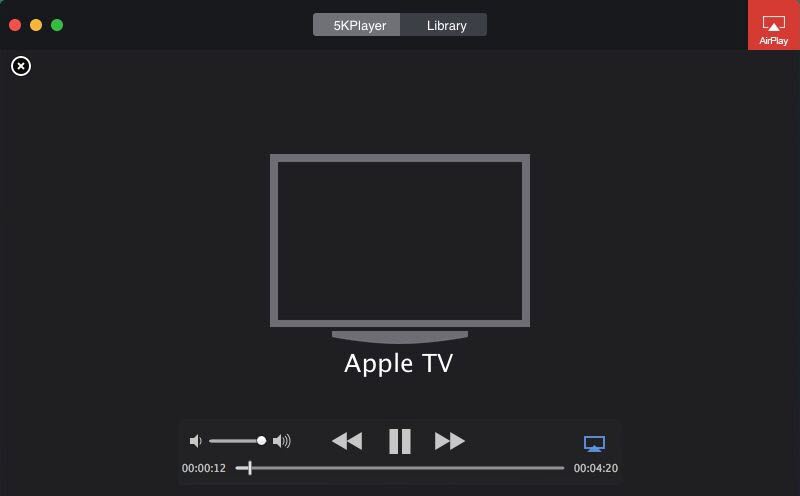

Apple says that “Keyboard Dictation will improve as you use your device, personalizing over time.” Conclusions: macOS is macOS Dictation changesĪpple Silicon Macs now support on-device dictation features, with no Internet connection required and no 60-second timeout. AdvertisementĪs in iOS and iPadOS, macOS will now display a little yellow indicator dot in the upper-right corner of the menu bar to indicate when your system’s microphone is being used. Hide My Email generates a temporary email address that forwards messages to your real email account, useful when you’re creating one-off accounts for apps that you don’t trust with your actual email. Monterey supports both Hide My Email and Private Relay, off-by-default privacy features that are meant to obscure your personal data. These are features that will be familiar to you if you’ve spent much time with a podcast app. The Voice Memos app has a playback speed adjuster, as well as a “skip silence” toggle and an “Enhance recording” toggle that reduces background noise.

(“Items” encompasses AirTags and other Find My-compatible tracking products, but not things like iPhones, iPads, and Macs, which you still need to locate via the actual Find My app.) Playback speed in Voice Memos Monterey adds two new Notification Center widgets from the Find My app, one for people and one for items. As of this writing, this feature will work with English, Chinese, French, Italian, German, Portuguese, and Spanish language images. It’s pretty handy for taking photos of a book or grabbing text from screenshots of webpages or news articles. In the Photos app, pictures or screenshots with embedded text will let you highlight, copy, and paste that text. If you use either of those last two options, I’d recommend requiring a password. By default, the feature only works for other devices logged in to your iCloud account, but you can also open it up to anyone else on the same network as your Mac or to anyone in your vicinity. The controls for this feature are in the Sharing system preference pane, under AirPlay Receiver. When you're using an iDevice, you can connect to it with a USB-C or Lightning cable rather than wirelessly (this doesn't appear to work for Mac-to-Mac communication). This works whether you’re transmitting from one Mac to another Mac or from an iPhone or iPad. Macs can serve as speakers or as external AirPlay displays for extending or mirroring.

In Monterey, Macs pick up the ability to operate as AirPlay receivers, instead of merely transmitting.


 0 kommentar(er)
0 kommentar(er)
